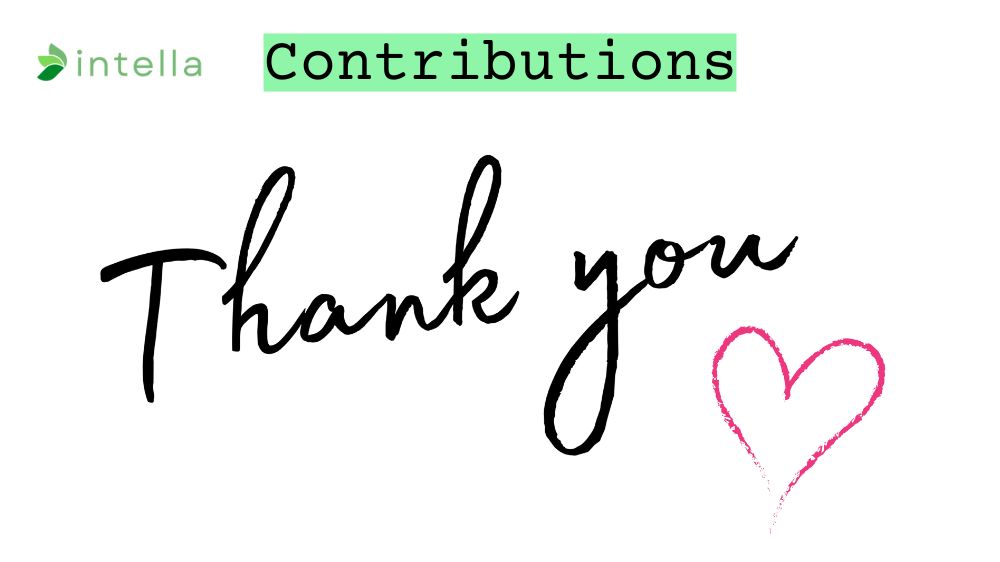Life rarely unfolds exactly as we plan. We all face moments that test our strength, challenge our beliefs, and push us beyond our comfort zones. While these difficult times can feel overwhelming, they often hold the seeds of our greatest growth. Learning to view challenges as opportunities rather than obstacles can transform not just how we handle problems, but who we become in the process.
Why Challenges Feel So Difficult
When we encounter problems, our first instinct is often to resist or avoid them. This is completely natural. Our brains are wired to protect us from discomfort and potential threats. However, this protective mechanism can sometimes prevent us from experiencing the valuable lessons that challenges bring.
Think about learning to ride a bike. Those first wobbles and falls weren’t pleasant, but each attempt taught your body and mind something new about balance and coordination. The same principle applies to life’s bigger challenges. The discomfort we feel is often a signal that we’re stretching beyond our current abilities and entering a space where growth happens.
Shifting Your Perspective
The way we view our challenges makes all the difference. Instead of asking “Why is this happening to me?” we can ask “What can this teach me?” This simple shift in perspective transforms us from victims of circumstance to active participants in our own development.
Consider the story of someone who loses their job unexpectedly. While initially devastating, this challenge might lead them to discover a new career path they’re passionate about, develop skills they never knew they had, or build resilience they’ll carry forever. The challenge itself doesn’t change, but how we interpret it shapes our response and outcome.
Building Resilience Through Adversity
Resilience isn’t something we’re born with in fixed amounts. It’s a muscle we develop through practice. Each time we face a difficulty and work through it, we build confidence in our ability to handle future challenges. This doesn’t mean we need to seek out problems, but rather that we can recognize the growth potential in the ones that naturally arise.
Start small. When minor frustrations occur, like a delayed bus or a difficult homework assignment, practice staying calm and looking for solutions. These everyday challenges are training grounds for bigger life moments. As you build this habit, you’ll find that larger problems become less intimidating.
Learning from Setbacks
Failure and setbacks are perhaps our greatest teachers, though they certainly don’t feel that way in the moment. When things don’t go as planned, we receive valuable feedback about what works and what doesn’t. This information is gold for anyone committed to personal growth.
After experiencing a setback, take time to reflect without harsh self-judgment. Ask yourself: What factors were within my control? What could I do differently next time? What unexpected positives came from this experience? This reflection process turns disappointments into stepping stones toward future success.
Practical Strategies for Growth
Transforming challenges into growth opportunities requires intentional practice. Start by keeping a journal where you document your challenges and what you’re learning from them. This simple act helps you process emotions and recognize patterns in how you handle difficulties.
Seek support when needed. Talking with trusted friends, family members, or counselors provides new perspectives and reminds us we’re not alone. Sometimes, the greatest growth comes from learning to ask for and accept help from others.
Set small, achievable goals within your challenging situation. If you’re struggling academically, focus on improving one subject at a time. If you’re dealing with anxiety, start with five minutes of daily meditation. These small wins build momentum and confidence.
The Long-Term Benefits
People who learn to embrace challenges as growth opportunities develop qualities that serve them throughout life. They become more creative problem-solvers, more empathetic toward others facing difficulties, and more confident in their ability to navigate uncertainty. These aren’t just useful skills; they’re fundamental qualities that enrich every aspect of life.
Moreover, this mindset creates a positive cycle. As we successfully navigate challenges, we become less afraid of future difficulties. This reduced fear allows us to take healthy risks, pursue meaningful goals, and live more fully. We stop avoiding challenges and start seeing them as adventures in becoming our best selves.
Moving Forward with Purpose
Remember that growth through challenges isn’t about toxic positivity or pretending everything is fine when it’s not. It’s about acknowledging the difficulty while also recognizing your capacity to learn and adapt. Some challenges will be harder than others, and that’s okay. The goal isn’t to be perfect but to be consistently growing.
Every challenge you face is writing a chapter in your personal story of resilience. While you can’t always control what happens to you, you have tremendous power in choosing how you respond. By viewing challenges as pathways to growth, you transform life’s inevitable difficulties into opportunities for becoming stronger, wiser, and more capable than you ever imagined possible.
The next time you face a challenge, take a deep breath and remind yourself: this difficulty is not here to break you, but to help you discover just how capable you really are. Your future self will thank you for the strength and wisdom you’re building today.






